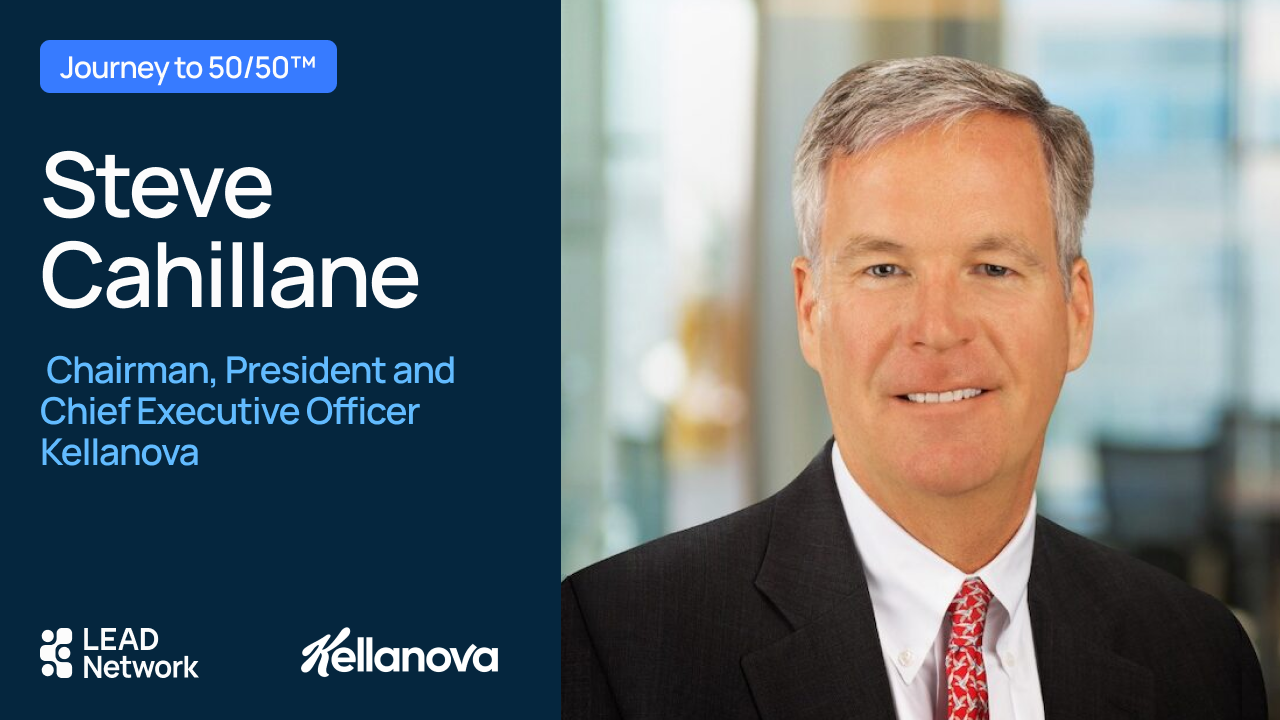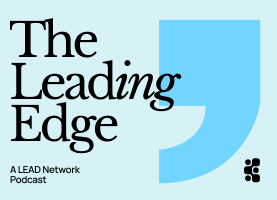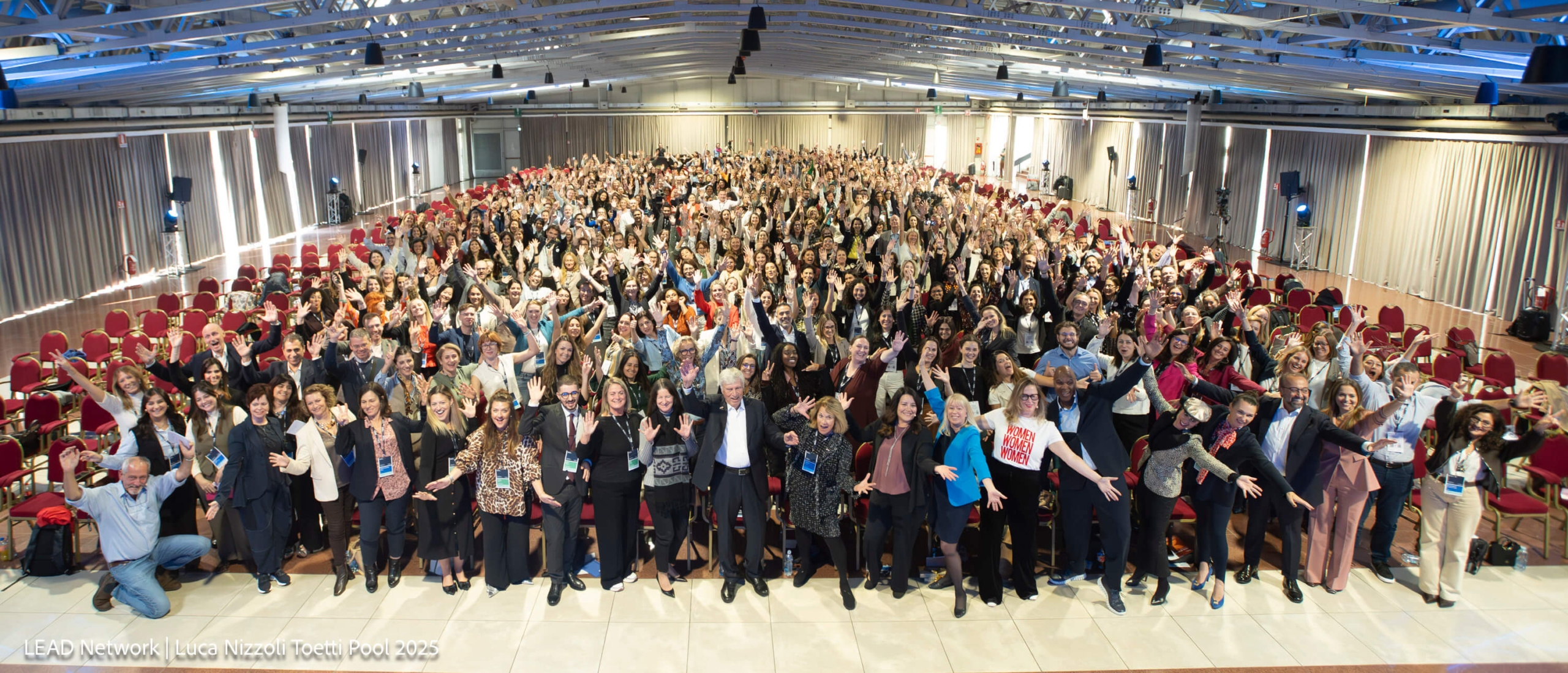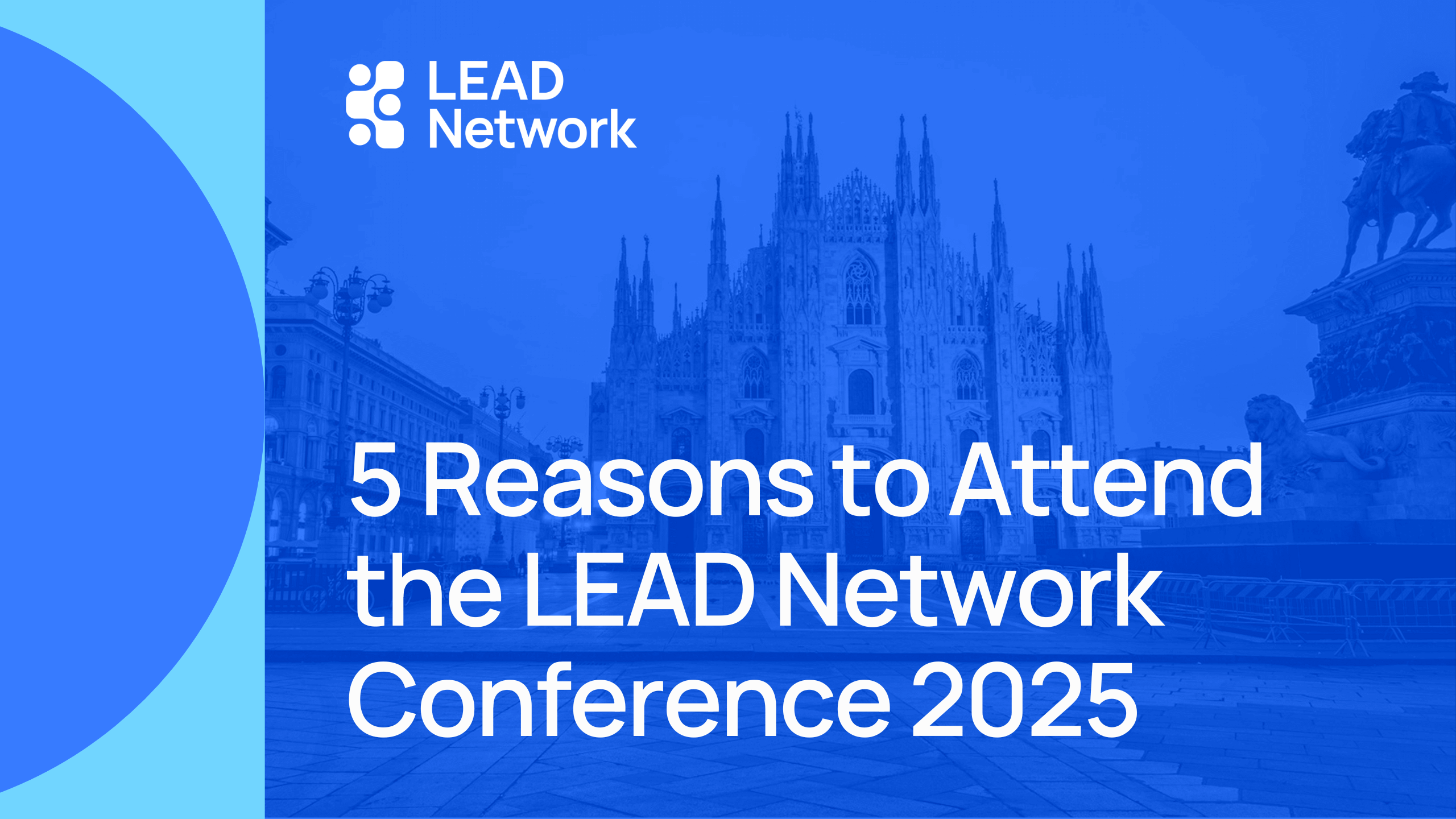Steve Cahillane of Kellanova: Send the message that women can do anything

The Journey to 50/50 series is part of our commitment to sharing best practices among industry leaders. It aims to capture top-level insights for CEOs, by CEOs, to inspire those who are traveling a similar path.
Career snapshot
I earned a degree in political science followed by an MBA at Harvard, and started my career as a sales rep in the wine industry. In 1995 I founded State Street Brewing Company in Chicago, which I sold in 1997 when I joined Coors Distribution Company as VP and General Manager. I went on to hold senior leadership roles with AB InBev, the Coca-Cola Company, and The Nature’s Bounty Co., where I was President and CEO. Since 2017 I’ve been CEO of Kellogg Company and in 2018 became Chairman.
When I was first approached about taking on my current role it was one of the most humbling moments of my career: I became my eight-year-old self, sitting around the breakfast table with my parents and my siblings. Kellogg has a culture of belonging and as soon as I got here I could see that gender equality was in the company’s DNA.
Kellogg’s D&I journey
We have a target of 50% women in managerial roles globally by 2025, and are on track to hit it. In 2021 we had 44.4% women at management level and 38.4% at senior management level. Five of our 12 Board directors are women, and four of the 13 members of our Executive Committee are women. More details can be found in our 2021 Equity, Diversity and Inclusion Annual Report.
Covid provided us with a challenge and a setback; the gender equality figures fell slightly, but these are now rising again. We continually track how we are doing; we have the charts and organisation designs in front of us and we update them in real time. We meet as a leadership team regularly and are constantly asking, what is working and not working? Where we have female leaders, they attract others. Where women are under-represented it can be difficult to get over the hump; you need that critical mass. But once we get that, we break through.
Kellogg’s D&I approach
Our goal is not just about being seen as progressive. In a company like ours, where the vast majority of purchasing decisions are made by women, if we don’t have the right level of representation we are not doing our job to understand the consumer. We are transparent about our goals because it creates accountability. Kellogg signed the CEO Pledge in 2019 and our continued partnership with LEAD Network remains as important as ever. To help fulfil our commitment, we have 353 LEAD members across Europe and six volunteers who play an active role in the LEAD Education Committee and local chapters.
Learning 1
Send the message that women can do anything
Start with your Board: do you have a gender balance, and if not, what is the plan to get there? Then do the same for your executive leadership team, because employees look up and want to see people they can relate to. When we recruit young women, they will see that almost half of our Board is made up of women and people of colour.
Make sure women are not confined to classically female areas, but are in profit and loss roles, and in critical strategic planning and development roles, for example having a seat at the table for M&A decisions. It is fine to have women in HR, but if you don’t have female line leaders and women in manufacturing, sales, and country management, then you are not doing what needs to be done. We want to give women joining Kellogg the message that they can do anything. College graduates deciding where to work will have the choice of a dozen or more female senior leaders they can talk to.
Learning 2
Welcome ‘the music of the family’
At the start of the pandemic, I intuitively thought the ability to work from home would be beneficial to women. I was wrong. What we learnt was that it was an added burden, and I saw women exiting the workplace quicker than men. We have worked hard to address this. When people were first on Zoom they were embarrassed about noise in the back- ground – children shouting, dogs barking – but what I told them is: ‘That’s the music of the family and it’s absolutely fine to have a child climb on your lap when you’re on a call with me’.
Learning 3
Listen and learn
Constantly look for areas where you can improve. We hold active listening tours and exit interviews. At the exit interviews we ask people, ‘Is there something we could do to keep you, even now?’ We also have ‘stay interviews’ where we ask people what motivates them to do their job every day. Our longest-running business employee resource group is Women of Kellogg (WOK), which provides a great way for us to stay engaged and get real-time feedback. We don’t just want the stuff that is nice to hear, we say: ‘Tell us what your unmet needs are’.
You also need to reach outside of your organisation to get a view of the most contemporary situation. We work with an organisation called WeQual, which holds a contest for women who are one step short of the C-suite. I interview the finalists and select the winner. It is a great opportunity to hear from women outside of our company, understand their career progression and learn what got them to where they are today.
Next steps for Kellogg
In the past two years we have gone from crisis to crisis, and we need to lean in with empathy. We focus a lot on mental health, because if people don’t take care of their wellbeing they won’t be happy, productive and successful. We recently introduced a program called Locate for Your Day, which means deciding where you will be most productive on any given day, and working from there. I never go to bed at night worrying about whether we are working hard enough, whether people are putting in the hours at the office. What I do worry about is, are people getting the resources they need to be successful?
Next steps for our industry
As an industry we need to focus on flexibility, agility and learning about ways to get work done. We need to take technological advances and embed them in the future of work. And we need to make sure we do not snap back to old behaviours. A year ago I thought people would never go back to shaking hands. But now everyone is shaking hands again – people have a tendency to revert to the old ways very quickly. Let’s not let that happen, instead let’s be intentional and make sure we continue doing the things that work well and drive engagement.
Share this article
More articles
October 21, 2025
October 9, 2025
August 15, 2025



